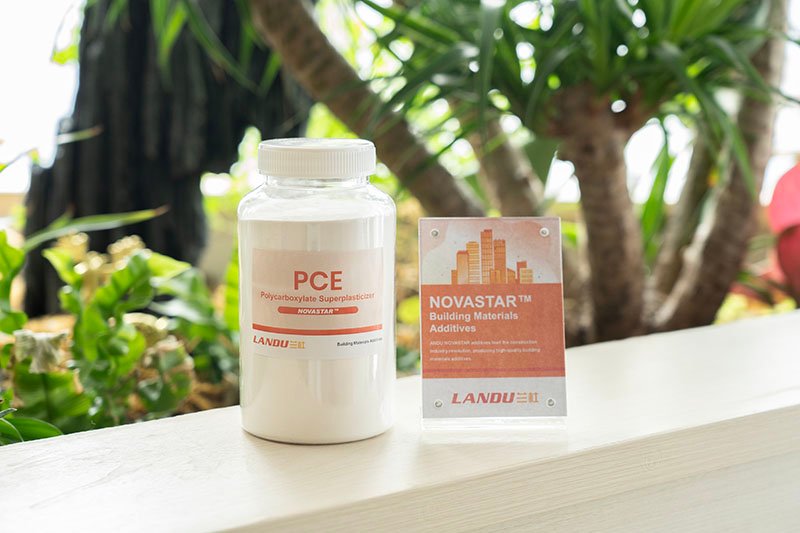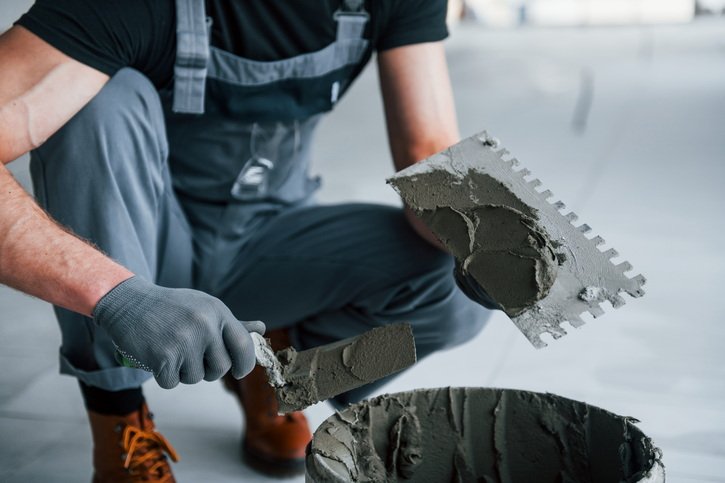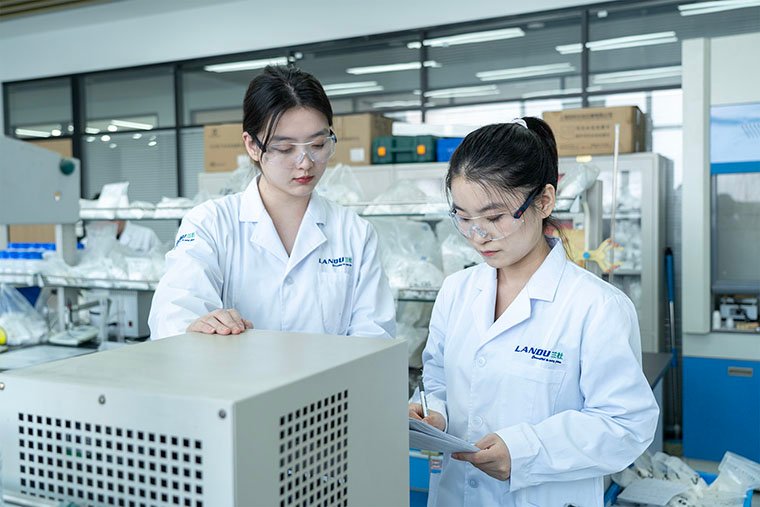PCE Admixture Formulation: A Complete Guide to Concrete Performance Enhancement
In today's construction industry, concrete quality is determined by more than just strength; it's about performance, durability, and cost-effectiveness. To meet modern demands, both ready-mix and precast concrete manufacturers rely on superplasticizers, with polycarboxylate superplasticizer (PCE) emerging as the industry's top choice. However, not all PCE formulations are created equal. Let's explore how you can optimize PCE admixture to achieve superior concrete performance.
What is a Superplasticizer?
A superplasticizer is a chemical additive used in concrete to:
- Enhance flowability,
- Reduce water content without sacrificing strength,
- Maintain workability throughout mixing, transport, and placement.
In simple terms, a superplasticizer allows for more workable, stronger concrete with less water.

Traditional Types
- Lignosulfonates (First-generation)
- Naphthalene sulfonates (Second-generation)
- Melamine-based Superplasticizers
PCE – Modern Solution
The most advanced option, offering:
- Water reduction up to 35%
- Extended slump retention
- Superior compatibility with modern cementitious materials
But to fully leverage these benefits, the formulation of PCE needs to be tailored to your specific concrete requirements.
Why is PCE Admixture Formulation Crucial?
The molecular structure determines performance outcomes
The performance of a polycarboxylate ether admixture is directly influenced by its molecular structure. Key factors include:
Key Molecular Factors
Affects workability retention and slump life of the concrete mix
Impacts dispersion efficiency and cement particle stability
Determines compatibility with various cement types and chemical compositions
Influences dosage requirements and product shelf life stability
A custom formulation is necessary because concrete varies based on several factors such as the type of cement, the required grade, and environmental conditions.
For example, a PCE formulation for ready-mix concrete will prioritize extended slump retention, while precast concrete needs faster strength development for rapid mold turnover.

How to Formulate PCE for Different Concrete Applications
Each type of concrete has specific needs, and PCE formulations must be adjusted accordingly
Ready-Mix Concrete
Ready-mix concrete is designed for transport and pumping over long distances. The key requirements are:
- Long slump retention: Ensures the concrete remains workable even after long transport times.
- Temperature stability: Ensures consistent performance even in varying weather conditions.
Use mid-to-long side chain PCE, potentially blended with retarders for extended workability. The typical dosage ranges from 0.2% to 0.35% by binder weight.
Precast Concrete
For precast concrete, rapid strength gain and early demolding are essential to maximize production efficiency.
- Fast setting: Quick strength development ensures that molds can be removed promptly.
Use low molecular weight PCE with a focus on rapid dispersion. Accelerators can be added if required. This will help reduce cycle times and improve mold turnover.
Self-Compacting Concrete (SCC)
SCC is designed for high flowability with no vibration. It's used in complex forms or areas with dense reinforcement.
- High flow: Ensures the mix fills all areas of the formwork without the need for mechanical compaction.
- Segregation control: Prevents the settling of particles and ensures uniformity.
A PCE with long side chains provides superior dispersion, and a viscosity-modifying agent (VMA) helps with segregation control. Fine-tuning particle gradation and water-powder ratio is essential for ideal flow.
Ultra-High Performance Concrete (UHPC)
UHPC is known for its extreme density, durability, and low water-to-cement ratio. It's often used in infrastructure and specialty projects where performance is critical.
- Low W/C ratio: Achieves high strength and durability.
- Density and durability: Ensures longevity under harsh conditions.
High-purity MPEG/TPEG-based polycarboxylates with solid content greater than 40% are ideal. These formulations need to be precisely controlled to avoid gelation and early setting.
How to Optimize PCE Dosage for Your Concrete Mix

One common question from concrete producers is: What's the optimal dosage of superplasticizer for my mix?
The answer isn't straightforward, as it depends on the concrete's specific needs. However, general guidelines include:
General Dosage Guidelines
0.25% to 0.35% by binder weight
0.35% to 0.45% by binder weight
Only use higher dosages (above 0.45%) after conducting laboratory tests to confirm the need
For the best results, always conduct tests under local conditions (cement type, fineness, sand quality, and water). Cement alkalinity, for example, can affect PCE performance significantly.
Compatibility of PCE with Other Admixtures
Key Considerations
In many cases, PCE is used alongside other additives such as retarders, accelerators, air-entraining agents, and shrinkage reducers. However, not all admixtures are compatible with each other.
Retarders and Accelerators
Essential in extreme temperatures, but must be tested for compatibility to prevent issues like rapid slump loss or delayed setting.
Air-Entraining Agents
Used for freeze-thaw durability, but their interaction with PCE must be verified to ensure proper air void system.
Shrinkage Reducers
Ensure these additives don't affect PCE's dispersive properties or water reduction capabilities.
Fibers
Test combinations to verify that fiber addition doesn't compromise workability or PCE effectiveness.
Always test combinations in lab batches before moving to full-scale production. Improper blending can lead to unintended issues such as inconsistent setting times or poor workability.
Partnering with Landu for Custom PCE Formulations
Choosing the right supplier for your PCE needs can make a world of difference. At Landu, we specialize in formulating polycarboxylate superplasticizers that are tailored to the specific needs of each concrete mix.
Our services include:
- Customized formulations for ready-mix, precast, and specialty concretes.
- Technical support with raw materials and product optimization.
- Extensive lab testing to simulate your mix designs and ensure the perfect outcome.
We help you improve workability, strength, and cost-effectiveness through our expertly crafted PCE formulations.
Contact Landu for Tailored PCE Solutions
When it comes to enhancing the performance of your concrete, partnering with Landu ensures consistency, reduced complaints, and long-term cost savings. Whether you're producing high-flow concrete or ultra-high-performance mixes, our expertise can help you achieve optimal results.
Get in touch with us today to discuss your project needs and explore the best PCE solutions for your concrete formulations.
